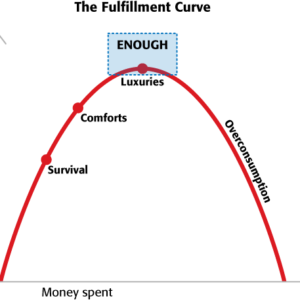There are two basic kinds of life insurance policies: whole life and term insurance.
Whole-life policies, a type of permanent insurance, combine life coverage with an investment fund. Here, you’re buying a policy that pays a stated, fixed amount on your death, and part of your premium goes toward building cash value from investments made by the insurance company.
Cash value builds tax-deferred each year that you keep the policy, and you can borrow against the cash accumulation fund without being taxed. The amount you pay usually doesn’t change throughout the life of the policy.
Universal life is a type of permanent insurance policy that combines term insurance with a money market-type investment that pays a market rate of return. To get a higher return, these policies generally don’t guarantee a certain rate.
Variable life and variable universal life are permanent policies with an investment fund tied to a stock or bond mutual-fund investment. Returns are not guaranteed. The other type of coverage is term insurance, which has no investment component. You’re buying life coverage that lasts for a set period of time provided you pay the monthly premium.
Annual-renewable term is purchased year-by-year, although you don’t have to requalify by showing evidence of good health each year.
When you’re young, premiums for annual-renewable term insurance are dirt cheap – as low as a few hundred dollars per year for $250,000 worth of coverage. As you get older, premiums steadily increase. Level-premium term has somewhat higher – but fixed – premiums for longer periods, anywhere from five to 30 years.





